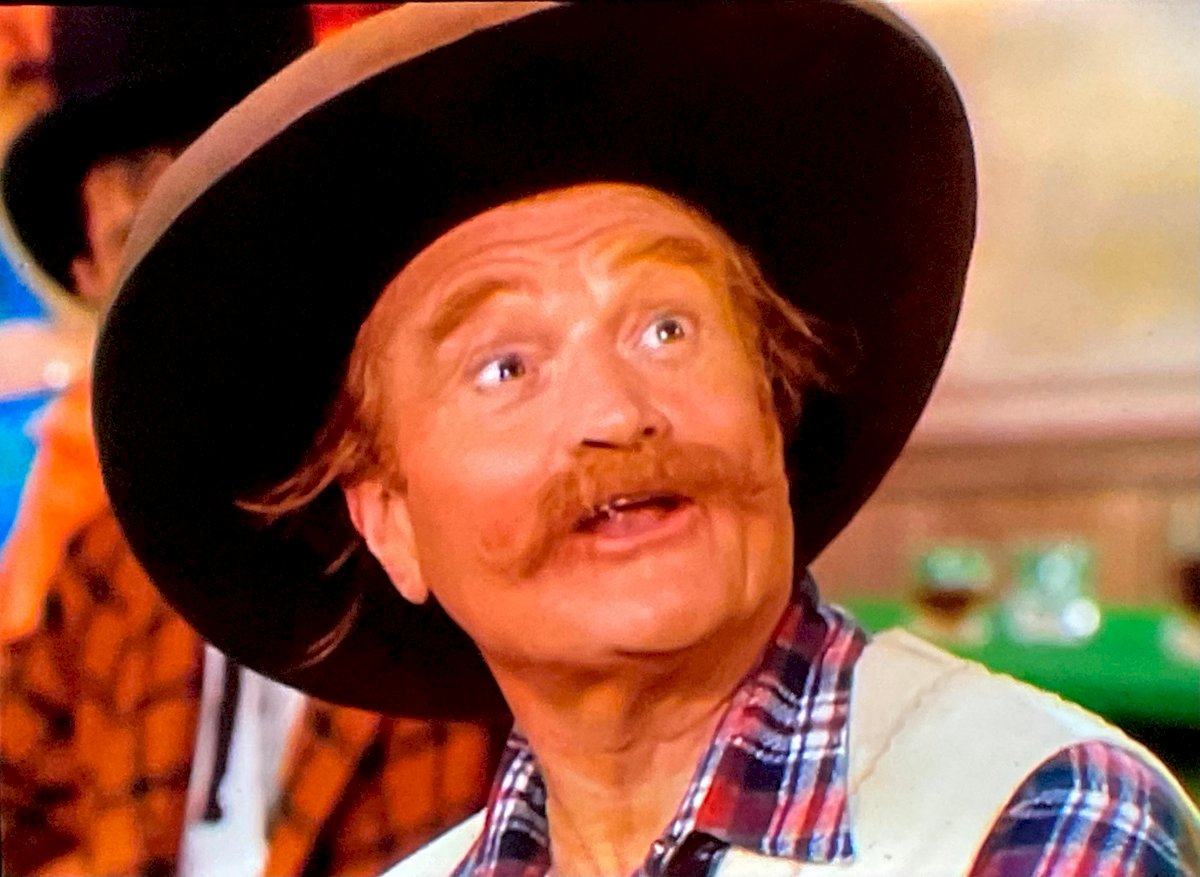Shirley Temple, the effervescent child star who captivated audiences throughout the 1930s, took a surprising turn in 1941 with the film "Kathleen." This comedic drama marked a significant departure from her signature cutesy musicals, venturing into a more mature genre and showcasing a lesser-known aspect of Temple's talent. While details surrounding the specific gown worn as Kathleen remain elusive, this article explores the film's significance and the potential evolution it represented for Temple's on-screen persona.

"Kathleen" tells the story of a 12-year-old girl grappling with the complexities of family and self-image. Unlike her previous roles where she played cheerful moppets, Temple portrays Kathleen, a lonely child who fabricates a picture-perfect family life to hide the truth about her single father and absent mother. The film delves into themes of childhood loneliness, self-deception, and the yearning for a complete family – a stark contrast to the lighthearted fare Temple was known for.
The significance of Temple's wardrobe in "Kathleen" cannot be overstated. Gone are the cutesy dresses and frilly socks that defined her earlier films. Kathleen's attire reflects her desire to be seen as older and more mature. Imagine her in a dress that perhaps falls just below the knee, a more subdued style compared to the playful outfits of her previous roles. The fabric could be a solid color or a simple print, hinting at a move away from the overly embellished costumes of her childhood persona.

This potential shift in wardrobe signifies more than just a change in clothing; it represents a turning point in Temple's career. By 1941, she was 12 years old, on the cusp of adolescence. The studios, recognizing her growing age, might have seen "Kathleen" as an opportunity to test the waters, to see if audiences would accept Temple in a more mature role.
The film itself received mixed reviews. While some praised Temple's surprisingly nuanced performance, others felt the subject matter was too complex for her young audience. The potential change in wardrobe, however, might have gone unnoticed by some viewers, overshadowed by the thematic shift of the film.

Despite the mixed reception, "Kathleen" remains a fascinating glimpse into what could have been for Temple. It showcased her potential as a dramatic actress, a skillset rarely explored during her child stardom. The potential evolution in her wardrobe mirrored this attempt at a more mature portrayal.
However, the film's lack of commercial success likely discouraged further exploration in this direction. Temple continued to make films throughout the 1940s, but they largely adhered to the formula that had made her a star – lighthearted musicals and family comedies. The potential for a dramatic transformation, hinted at in "Kathleen" and perhaps reflected in her wardrobe, remained largely unrealized.

Looking back, "Kathleen" offers a valuable counterpoint to Temple's iconic image. It highlights her desire and ability to portray characters beyond the limits of childhood innocence. The potential change in wardrobe, while a small detail, represents a symbolic shedding of the stereotypical child star persona. "Kathleen" may not have been a box office success, but it remains a testament to Temple's versatility and her ambition to explore more complex roles.


In conclusion, while the specifics of the gown worn in "Kathleen" remain a mystery, its significance lies in what it represents. It hints at a potential evolution in Temple's on-screen persona, a move towards a more mature image and a broader range of dramatic possibilities. "Kathleen" may not have rewritten Temple's Hollywood narrative, but it offers a fascinating glimpse into a path not taken, a reminder of the complexities and unfulfilled potential that often lie beneath the seemingly simple surface of child stardom.



